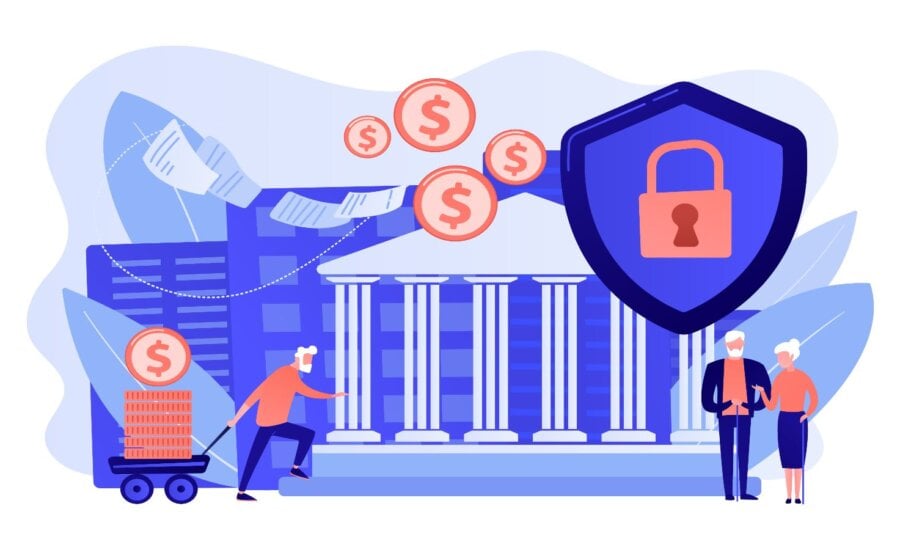How to protect your bank account

Sponsored By
Equifax
Protect your bank account from scams and fraud with expert tips on passwords, multi-factor authentication, and safe online banking practices.
Advertisement

Sponsored By
Equifax
Protect your bank account from scams and fraud with expert tips on passwords, multi-factor authentication, and safe online banking practices.

This is part of a series of columns about how to protect important information and people in your life against fraud and scams. Stay tuned for more.
Banking these days is something that increasingly leaves out the bank. “People don’t go to an ATM or into a bank a lot anymore, instead they mostly log in on our laptops or mobile devices,” says Octavia Howell, vice-president and chief information security officer for Equifax Canada.
Banking from your phone or computer is convenient, but it leaves a lot of the security that used to be undertaken by the bank up to the customer. Financial institutions have whole departments dedicated to protecting customers from theft and fraud, and strong controls to secure online banking. Still, bad personal habits can leave users vulnerable.
“Consumers have to be careful at all times and do their part to protect themselves and their families,” Howell says.
Criminals may try to target individuals and withdraw money from consumers’ accounts, but there’s also a newer, faster-growing pattern of crime, which is trying to access the personal information of large numbers of people in order to commit fraud on a larger scale.
“A lot of bank fraud starts with someone trying to get you to share your information,” Howell says. “What we’re seeing in the industry right now is criminals gaining access to banking information directly from the account owners.”
Here’s how it works: The criminal organization obtains partial information on a group of people through an artificial intelligence assisted internet search. Scammers then call or otherwise contact their targets, often claiming to be representatives from a financial institution. The fraudsters might say there’s been a security issue and they need the last four digits of the customer’s account number or other information relating to a recent transaction in order to “validate” the account. Victims sometimes co-operate under the false impression that the caller is being helpful to them—at least it may seem so.
“No credible bank will ever call you and ask for banking information without you initiating the conversation,” Howell says.
If you receive a call of this sort, say you’ll call back, hang up, then call the organization directly using the customer service number published on its website or on the back of your card.
Here are some other things you should do daily to help secure your bank account:
Equifax Complete Protection is a credit and cybersecurity protection service designed to help Canadians spot the signs of identity fraud faster.
Subscription price: $34.95 per month
Most people know that they need to take extra care around financial transactions, says Howell. It’s the extra precautions they may not have considered that can leave them exposed to fraud and theft.
For a higher level of protection, consider Equifax CompleteTM Protection, a monthly subscription service that helps to keep your personal data and devices safe while alerting you to potential fraudulent credit accounts being opened in your name.
Features of Equifax Complete Protection include:
Equifax Complete Protection costs $34.95 per month. To learn more, visit the Equifax website.
“What is identity theft, and how is it impacting Canadians?”Share this article Share on Facebook Share on Twitter Share on Linkedin Share on Reddit Share on Email